Metrum Acoustics JADE DAC +USB +Digital Preamplifier
What more can you do after launching one of the best dacs and Digital (Pre) Amplifiers available today? We are aware that our current flagship products Pavane, Adagio and Forte are hard to beat but at least one idea was not realized yet.
The idea of having similar high end sound like the ADAGIO but in an affordable version!
Introducing JADE by Metrum Acoustics, a powerful Digital Pre Amplifier which in sound comes close to our ADAGIO,
The biggest difference between the ADAGIO and JADE is the fact that the JADE uses two DAC chips per channel, whereas the ADAGIO uses 4 Chips per channel. Both ADAGIO and JADE use Forward Correction Technology and are following the working principle of being a Balanced Digital Pre Amplifier. Needless to say that we use Non Oversampling as that is our “Forte”. Our own designed and engineered DAC chips will guarantee a unique listening experience!
Like our ADAGIO, “forward correction” techniques are used to drive both mono dac boards. The result of this process is an extremely high linearity, right down to -140 dB, which gives the JADE a realistic 24 bit dynamic range. The JADE is a step forwards as it omits a pre-amplifier. It is musical, honors the Non-oversampling principle and simultaneously incorporating the technological progress that has been made over the years while developing our products.
Introduction to the DAC TWO chip
It was an unprecedented challenge, which was eventually solved by using an entirely new chip, which has been exclusively developed by Metrum Acoustics and was first used in the PAVANE.
The parallel driven R2R ladder networks as used in the four DAC modules performs , especially when combined with our FPGA-driven “forward correction module”, on a higher level. This module splits up the audio samples for each channel into new separate data streams. Each dac cluster processes a portion of the data in the most linear region of the dac chips. The result of this process is an extremely high linearity, right down to -140 dB, which gives the JADE a realistic 24 bit dynamic range. Due to the dual mono design over the entire frequency range an extremely high channel separation of 120 dB is realized. This contributes to the flawless positioning of instruments.
In short, the JADE is a DAC that has taken all the lessons and experiences that her designer has learned over the years, and combined them in an ambitious DAC that can fit in every system. It is musical, honors the Non-oversampling principle while simultaneously incorporating the technological progress that has been made over the years.
As a result music will be more exiting as details on very low levels will be audible. The JADE can meet the best systems today in terms of sound quality as it borrows all the good things from our top models Pavane and Adagio.
High resolution linearity plot of DAC TWO (please see image "1000 step linearity plot DAC TWO module"). The analyzer is struggling to show us the last bits down to -140 dB. In case more bits are involved the steps are shrinking and more resolution is available. This extreme linearity is realized by our forward correction techniques and improves reproduction of the lowest musical details.
Still people do not realize the size of our dac modules (please see image of the DAC TWO on a credit card). For instance the Transient DAC TWO module has two R2R ladders, an FPGA and the I/V section under the hood. About half the size of a credit card and nothing to add except power and data. How simple can it be :-)
Just a note to discrete R2R ladders and why they cannot work properly (see
resolution table image):
1 no more accuracy than 0,01% so not more than 14 bits precision.
2 Too much temperature differences over the entire pcb leads to linearity problems.
3 Sensitive for pollution and humidity.
Therefore we only use lab grade laser trimmed ladder networks to get perfect
linearity and real 144 dB dynamic range. Next they should be encapsulated to
avoid mutually temperature changes and pollution. This table tells everything
but also tells you that more than 24 bits at the analog side is an Utopia due
to Johnson noise. Do not be fooled!!
How important proper signal routing is in case of mixed disciplines both analog and digital on one pcb. Further proper star ground can avoid any hum. Look at the picture named "New Generation DAC TWO proto dac board": DAC TWO used on a new proto board. An 882 Hz test tone at -90 dB is used but no rests of 50/100Hz is visible.
Specification:
- Working principle: balanced Digital Preamplifier with DAC ;24 bits non oversampling; Forward correcting technology; 2x DAC TWO modules per channel
- MQA Module: optional
- Power: 15 VA toroidal transformers
- Mains voltage: AC 220/230V AC 60/50Hz
- Input: 1x optical, 1x AES/EBU 1x coaxial and USB
- Output: RCA : 1x stereo pair single ended; 1x stereo pair XLR balanced
- Frequency response: 1Hz – 20 khz -1dB. 44.1 kHz sampling; 1Hz – 65 kHz -1dB .192 kHz
- Distortion: 0.006 % THD
- Noise floor: -145 dB related to 2 Volt RMS
- Output impedance: RCA 100 Ohm; XLR 100 Ohm
- Sampling rate: Optical 44.1 – 96 kHz; Coax and AES/EBU 44.1 -192 kHz; USB 44.1 -384 kHz
- Output Voltage: RCA Max. 3 Volts RMS; XLR Max 6 Volts RMS
- Dimensions: 290 x 250 x 60 mm
- Weight: 3.1 kg
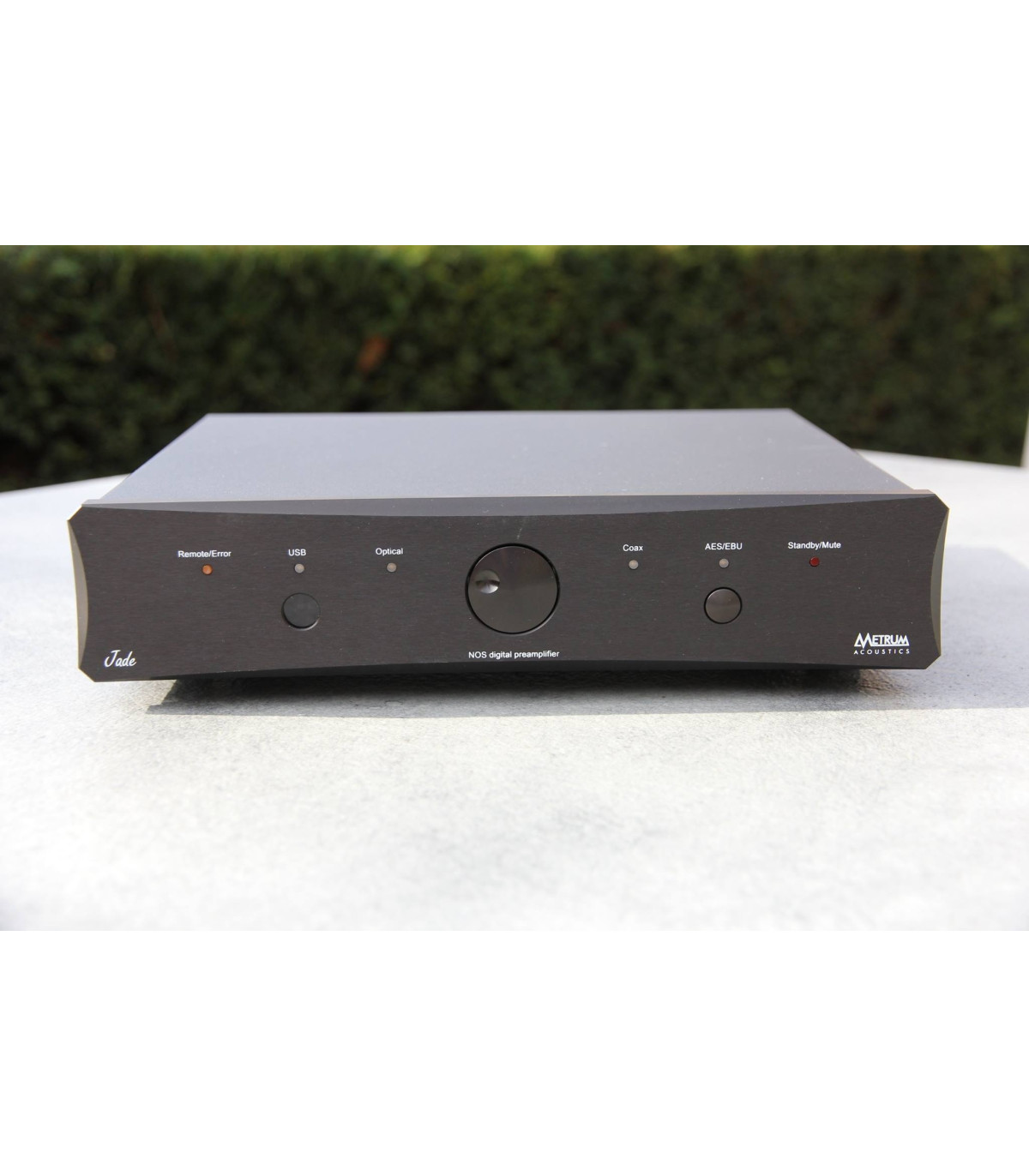
































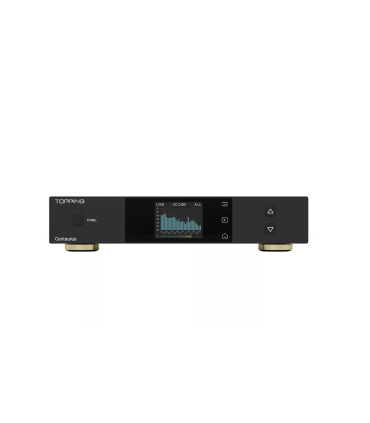
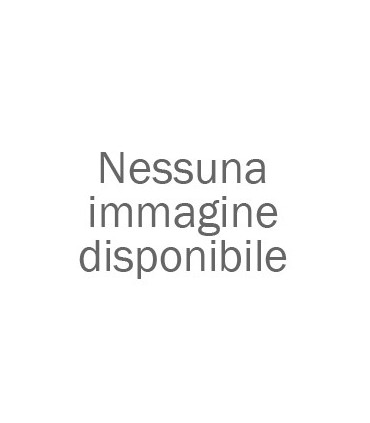
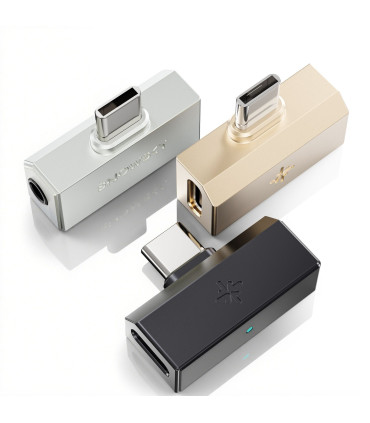
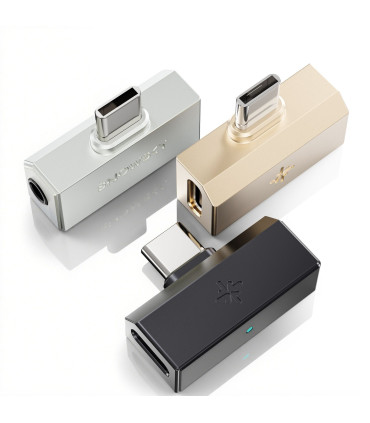
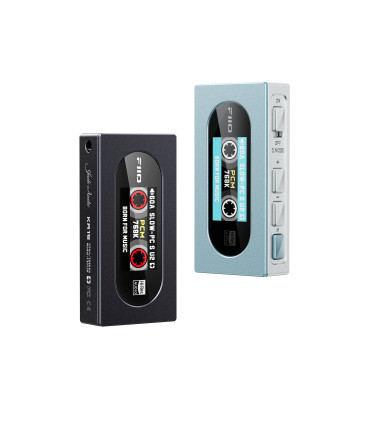
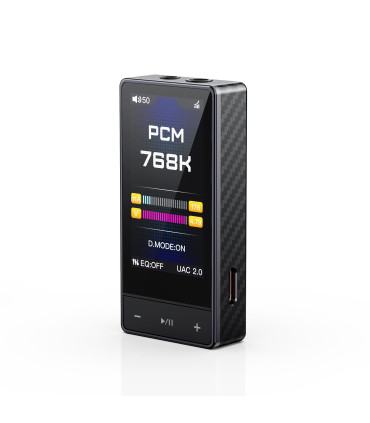
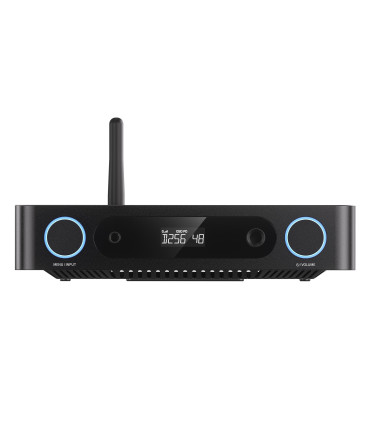
![Shanling UP4 Portable DAC + Bluetooth Headphone Amplifier [b-Stock]](https://www.playstereo.com/24391-home_default/shanling-up4-bluetooth-headphone-amplifier-b-stock-.jpg)
![FiiO K9 Pro ESS Skylight Sunroof Exploration Desktop DAC with Headphone Amplifier [b-Stock]](https://www.playstereo.com/24355-home_default/fiio-k9-pro-ess-skylight-sunroof-exploration-desktop-dac-with-headphone-amplifier-b-stock-.jpg)
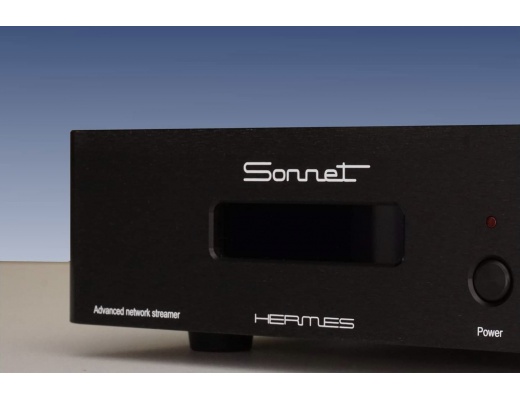
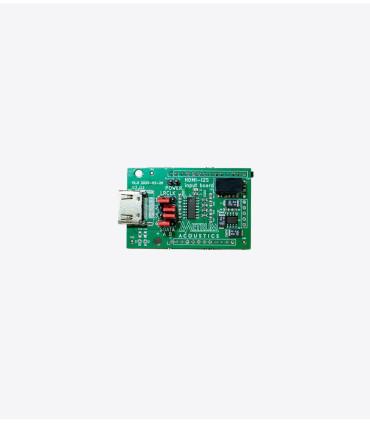
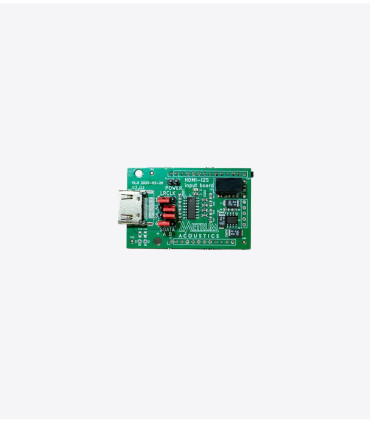
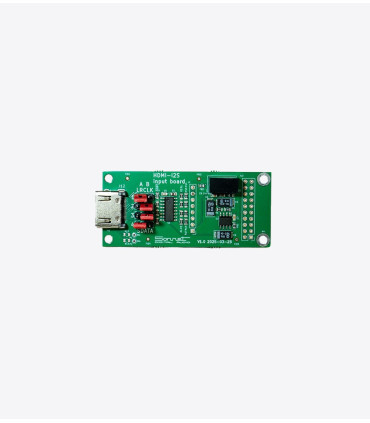
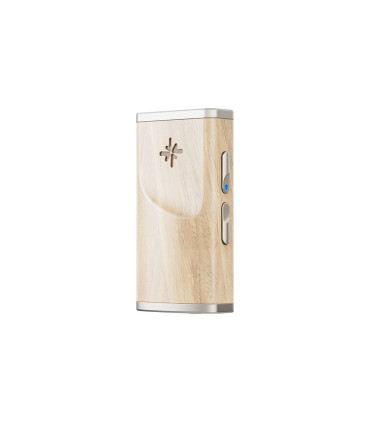
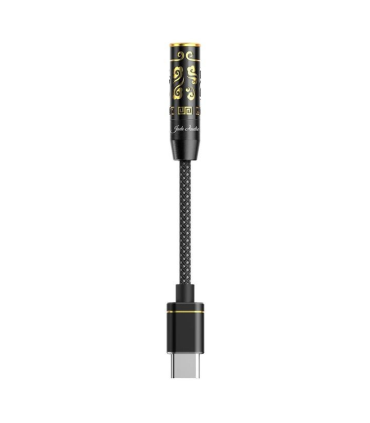
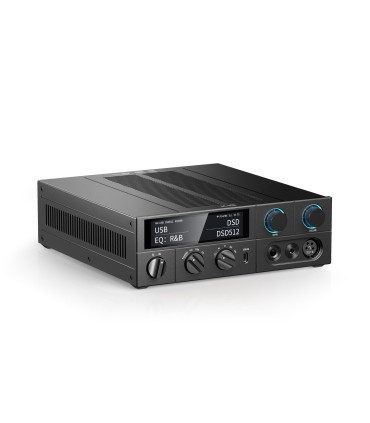
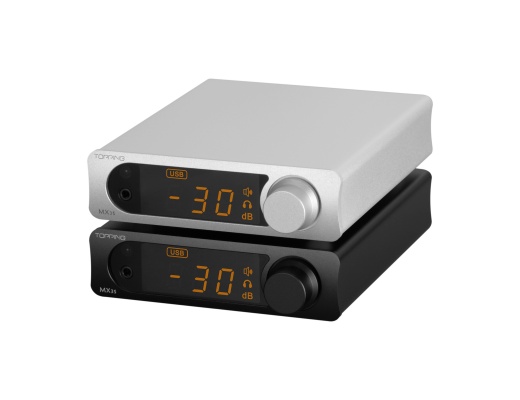


















Leave a review